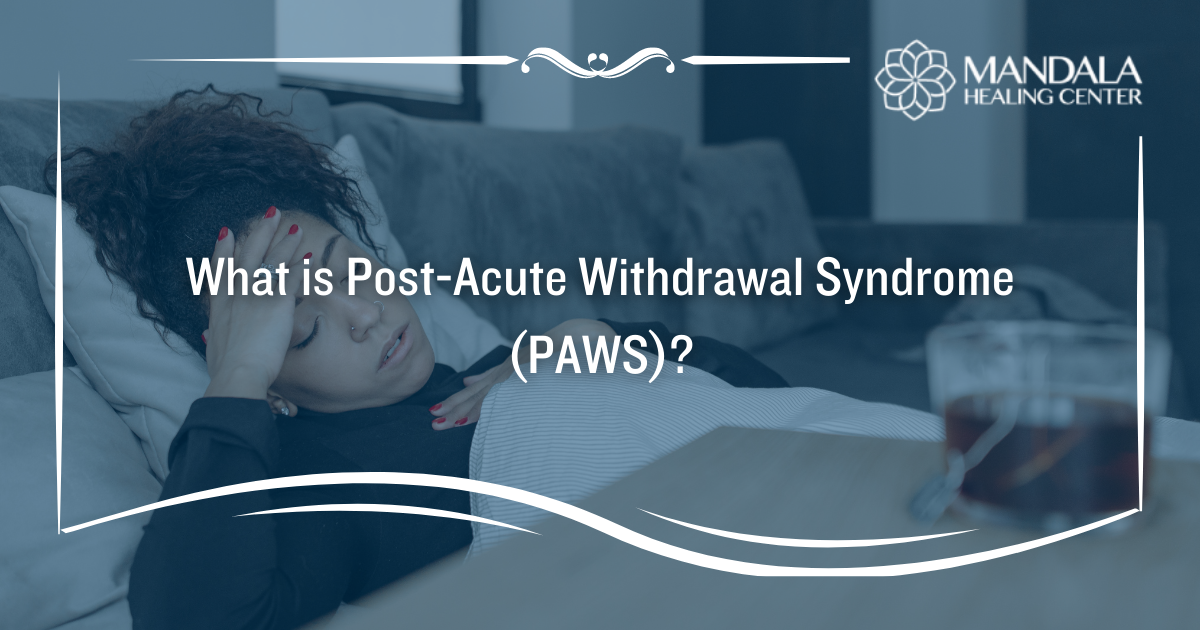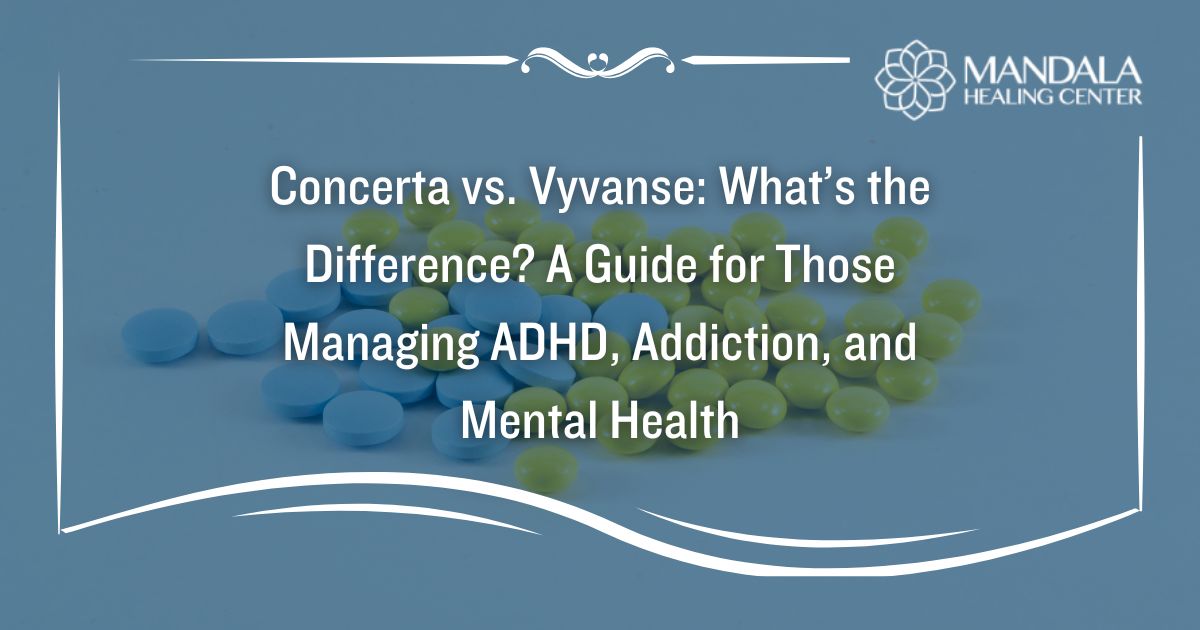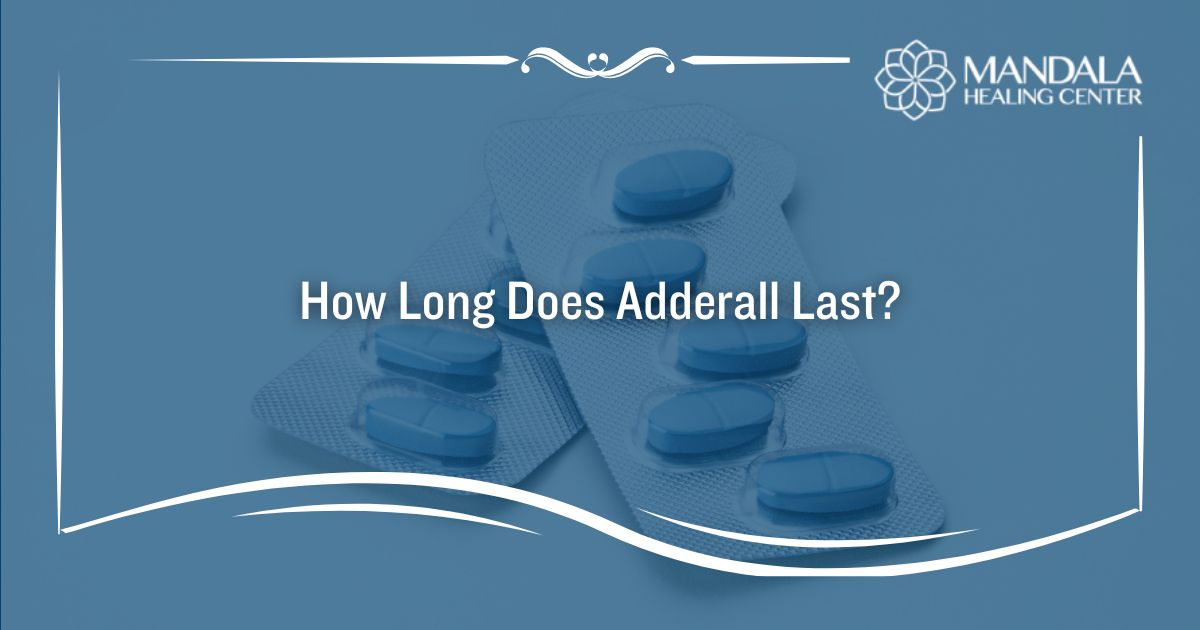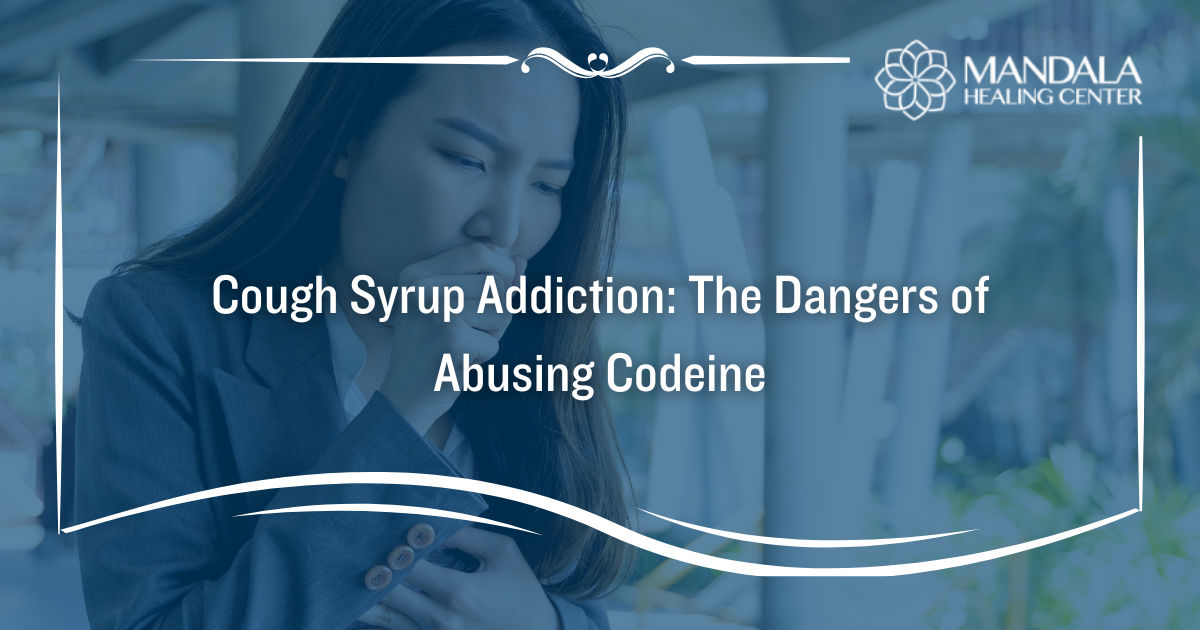Substance abuse and addiction can lead to serious, life-altering consequences. Choosing to stop using drugs and alcohol can be the first step toward a healthy, balanced, sober lifestyle.
But when people stop using drugs and alcohol after a long period of heavy or frequent use, they often experience uncomfortable physical and emotional withdrawal symptoms. These symptoms can lead to relapse–using substances after a period of abstinence–unless people have the support and treatment they need to cope with them.
Some people develop a condition called post-acute withdrawal syndrome (PAWS), which makes recovery even more challenging. Learning more about this condition may help you know what to expect if you develop PAWS and seek the right care to manage it.
What Happens During Withdrawal
There are two distinct stages of withdrawal. It’s important to understand these stages to know what to expect and how to get the right kind of support.
Acute withdrawal
Acute withdrawal symptoms begin soon after a person stops using drugs or alcohol, often within a few hours or days. Symptoms vary depending on the substances a person used but are primarily physical and may include:
- Nausea
- Vomiting
- Sweating
- Increased heart rate
- Depression
- Anxiety
- Irritability
- Tremors
- Cravings
Some people may experience life-threatening symptoms during withdrawal, including seizures and loss of consciousness. People must go through acute withdrawal under the supervision of a medically-supported drug and alcohol detox program to avoid severe complications.
Post-acute withdrawal syndrome
Some people develop post-acute withdrawal syndrome (PAWS) after acute withdrawal is complete. Post-acute withdrawal syndrome consists of mainly emotional and psychological symptoms that can linger for months or years.
What are Some Common Symptoms of Post-Acute Withdrawal Syndrome (PAWS)?
People generally do not have lingering physical symptoms in post-acute withdrawal syndrome. Instead, they are likely to have various psychological and emotional symptoms that prevent them from functioning normally and enjoying a good quality of life. These include:
- Insomnia and sleep disturbances
- Irritability
- Aggression and hostility
- Panic attacks and anxiety
- Poor concentration and memory
- Fatigue and low energy
- Foggy thoughts
- Poor impulse control
- Cravings
- Dreams about drug and alcohol use
- Increased sensitivity to stress
- Low motivation and apathy
- Depression
The symptoms of PAWS may come and go throughout the duration of this condition. PAWS is more common in people with a history of long-term, chronic substance abuse.
How Long Does Post-Acute Withdrawal Last?
Unlike acute withdrawal, the symptoms of PAWS are primarily emotional and psychological. The length of time PAWS lasts on several factors, including:
- The severity of a person’s addiction
- The amount of the substance they used
- The frequency of their substance use
People may live with PAWS for many months–or even up to two years. The symptoms a person experiences often remain the same throughout the duration of PAWS, but symptoms can come and go during that time.
Many people feel frustrated or discouraged when PAWS symptoms pop up sporadically. It may feel like a setback or make people wonder if they’ll ever be “done” with recovery. Developing post-acute withdrawal can put people at an increased risk of relapsing if they don’t get the support they need to stay committed to sobriety.
How to Cope With Post-Acute Withdrawal Syndrome (PAWS)
Living with PAWS can feel like you’re in a whirlwind of emotions. Your mood may fluctuate frequently and fast–one moment, you’re intensely happy, and the next, you’re hostile and aggressive. These wild mood swings can put you on edge and make you question whether you’re making progress in recovery or not.
As you move through recovery, your symptoms will begin to diminish, and you’ll feel more like yourself. But you can do some simple things to cope with PAWS and stay in control of your recovery and your mood.
Continue treatment
Addiction treatment centers like Mandala Healing Center offer holistic care, treating the physical, mental, and spiritual aspects of addiction. Your therapist can help you develop a plan to cope with your unique symptoms of withdrawal. This may include:
- Behavioral therapy
- Nutritional counseling
- Support groups
- Medications
Without continued treatment after detox, post-acute withdrawal syndrome can lead to relapse.
Self-care
Living with PAWS can put your body and mind to the test. Combat the effects of this condition by practicing good self-care. This means:
- Taking frequent breaks
- Prioritizing rest
- Have realistic expectations and goals
- Eat a nutritious, healthy diet
- Practice mindfulness
- Socialize with supportive people
- Get enough sleep
Taking care of your physical and mental health can help you cope with PAWS symptoms in healthy ways.
Learn about PAWS
Knowing what to expect can help you cope with what you’re going through and make you realize you’re not alone in your experiences.
Write it down
Combat poor concentration, brain fog, and memory problems by writing down important information. Appointments, shopping lists, chores–when they’re written down, you’re less likely to let them slide.
Open up
It doesn’t help to keep your feelings and frustrations bottled up. Share your feelings with friends, family members, a counselor, or other supportive people.
Exercise
Movement can help you strengthen your body and may help your brain heal after substance abuse. Exercise has many benefits for people living with PAWS, including:
- Better sleep
- Less stress and anxiety
- More self-esteem
- Healthier body composition
- Improved immune system
You don’t have to run a marathon or join a gym–taking a brisk walk outside, doing some yoga, or even doing chores or yard work each day can give your health a boost.
Avoid triggers
Identify which situations, people, places, or dates may make you want to use substances again–and then avoid them. If you can’t avoid them, make a plan to manage your cravings ahead of time. Most importantly: don’t be afraid to leave a situation that triggers you. Take care of yourself and prioritize your recovery as often as possible.
Real, meaningful self-care means caring for your body, mind, and soul so that you can cope with your PAWS symptoms when they arise. Use these tools to reduce your symptoms and live a healthier, more balanced lifestyle with post-acute withdrawal.
Get Help to Manage PAWS
You don’t have to manage PAWS alone. Reach out to the Mandala Healing Center specialists now for information about starting treatment or finding the support you need in recovery.












